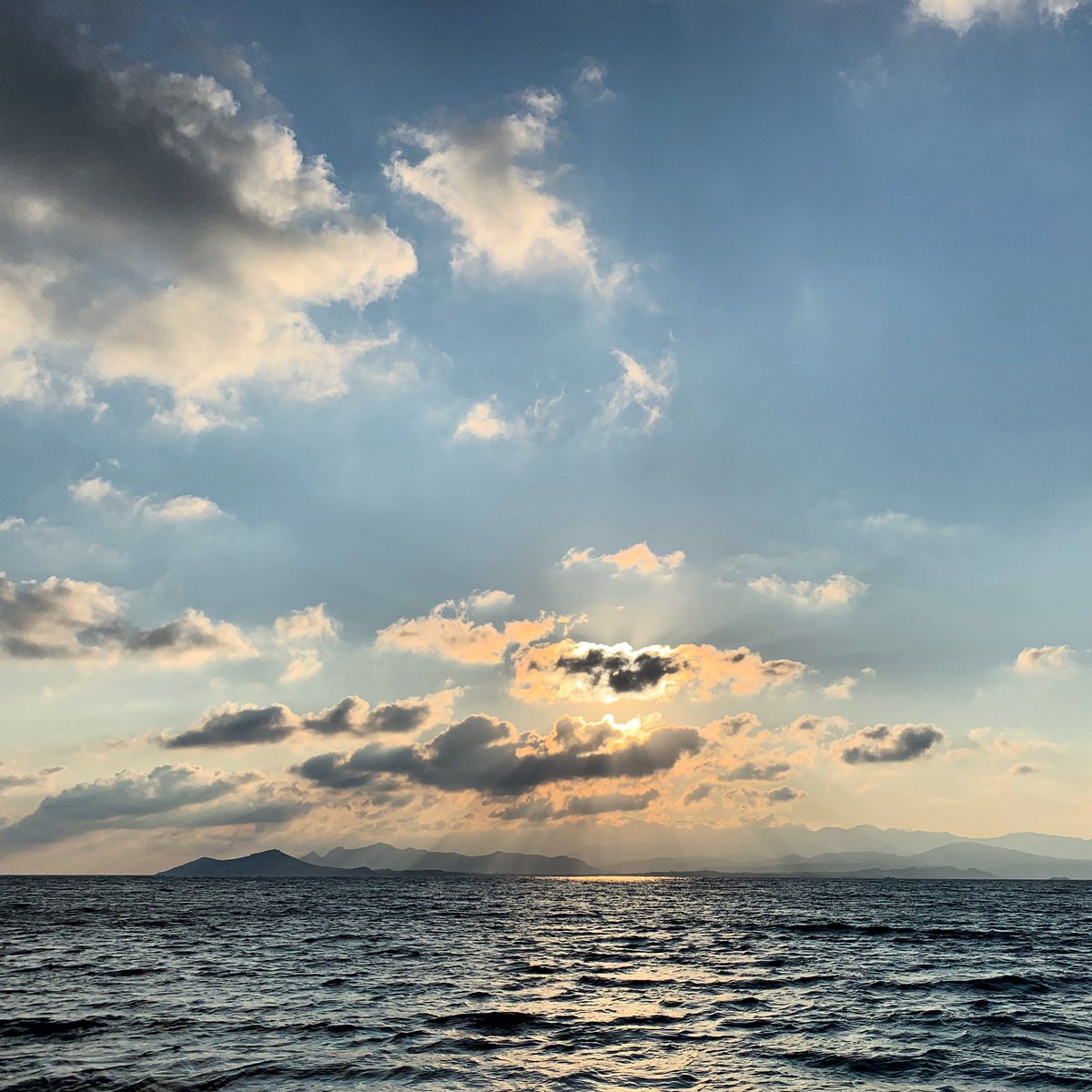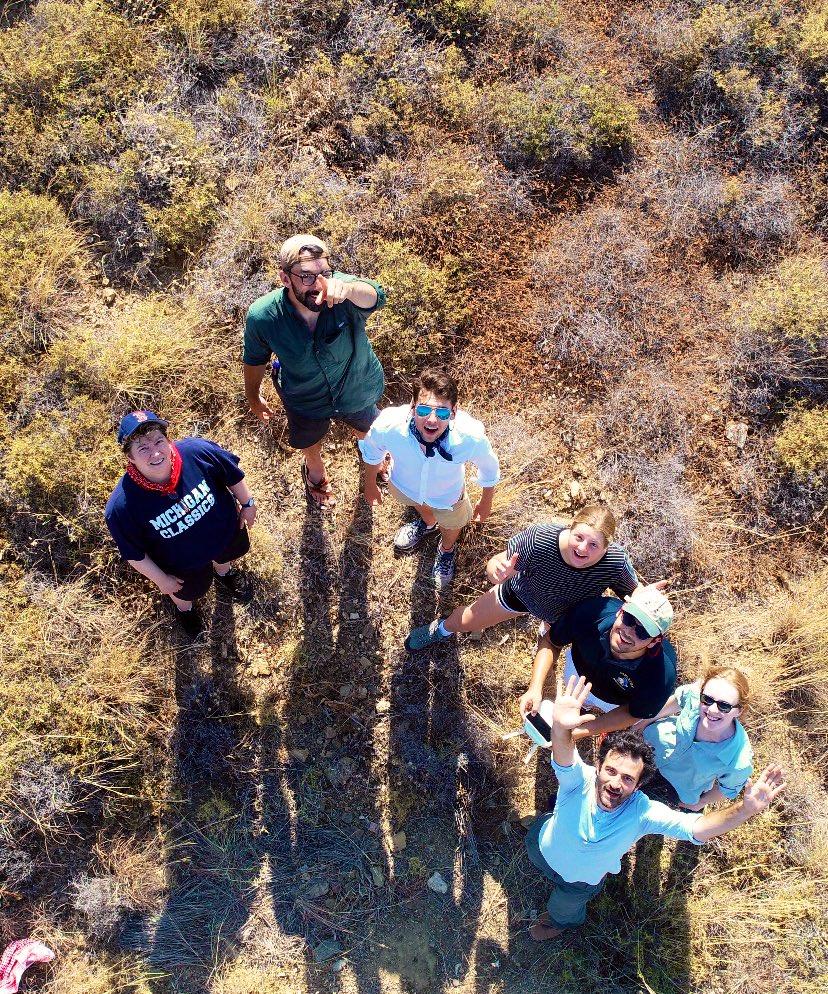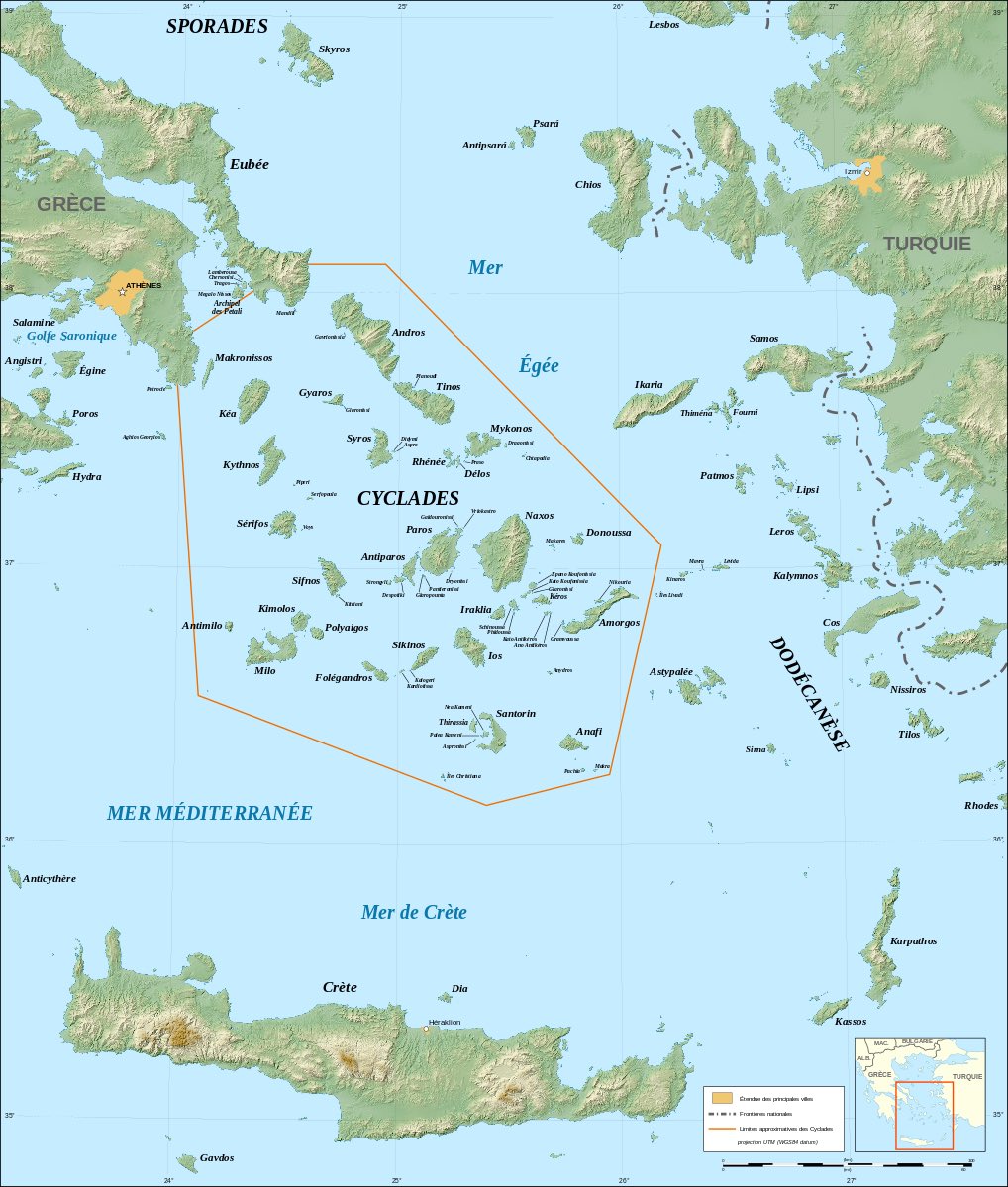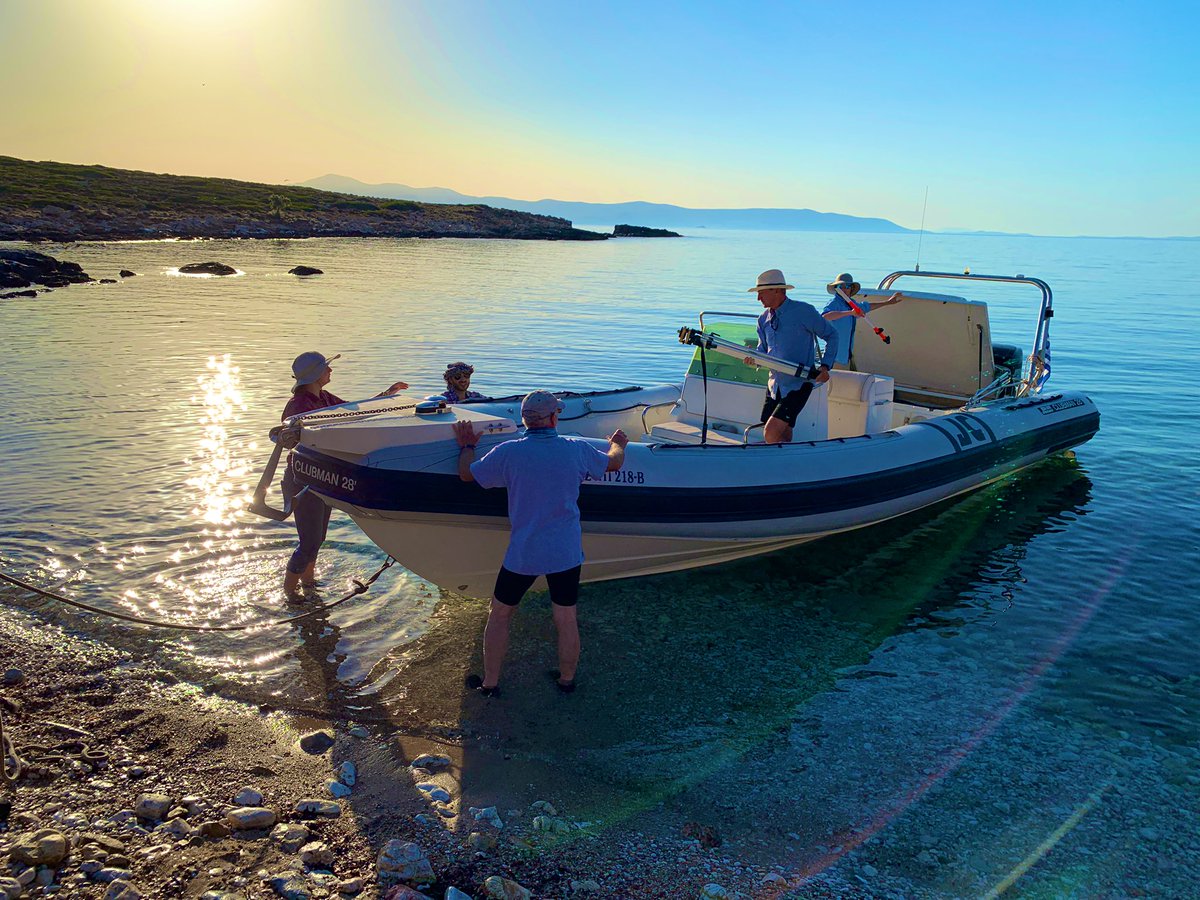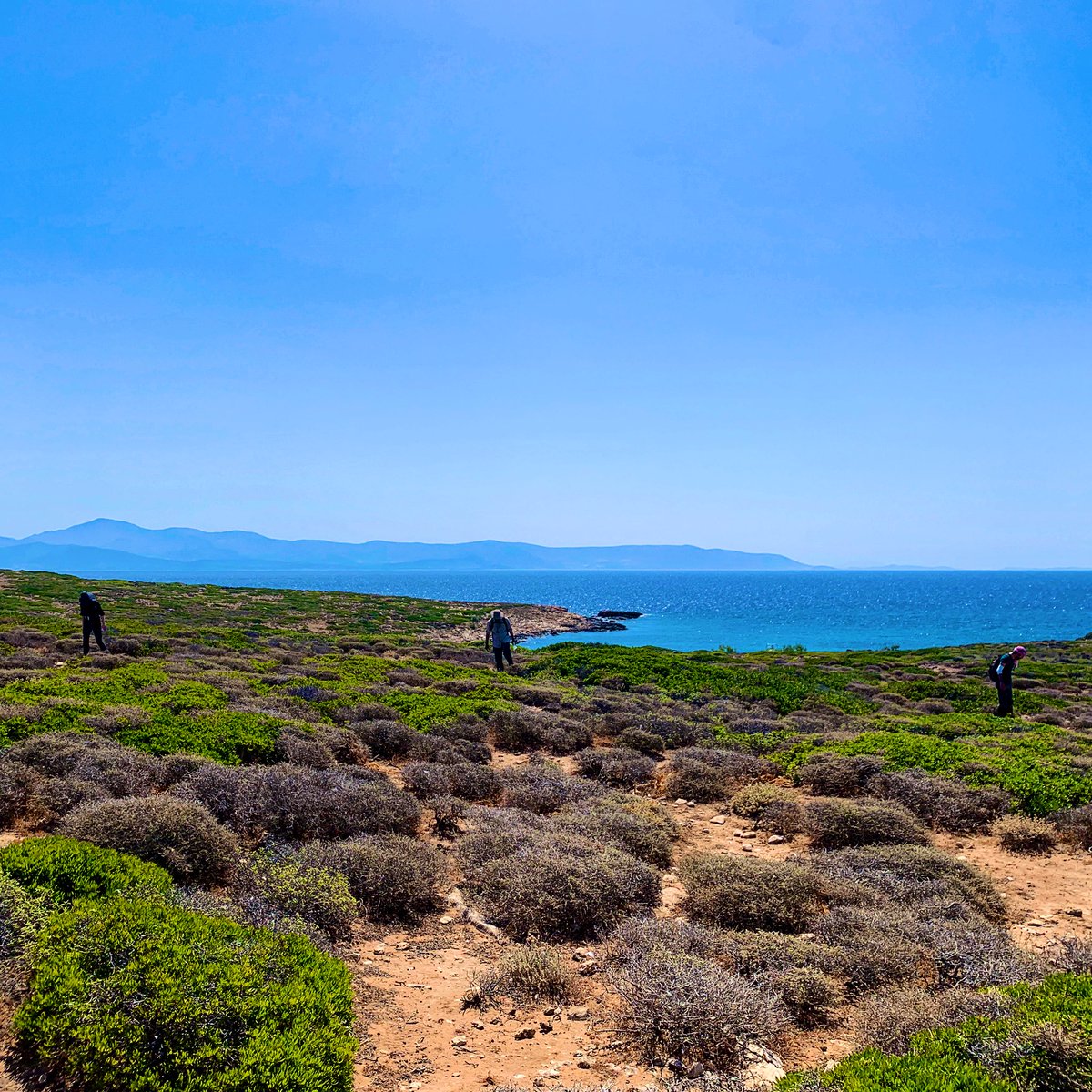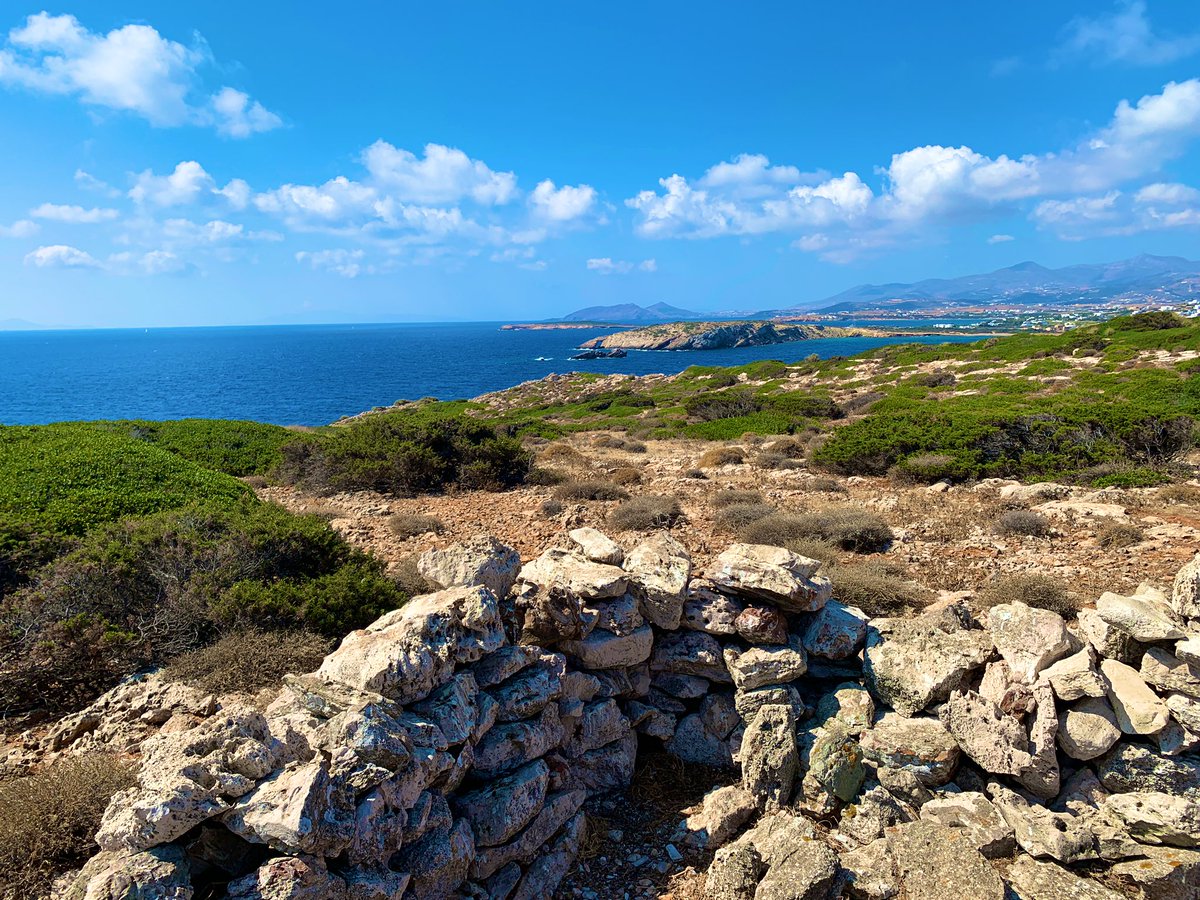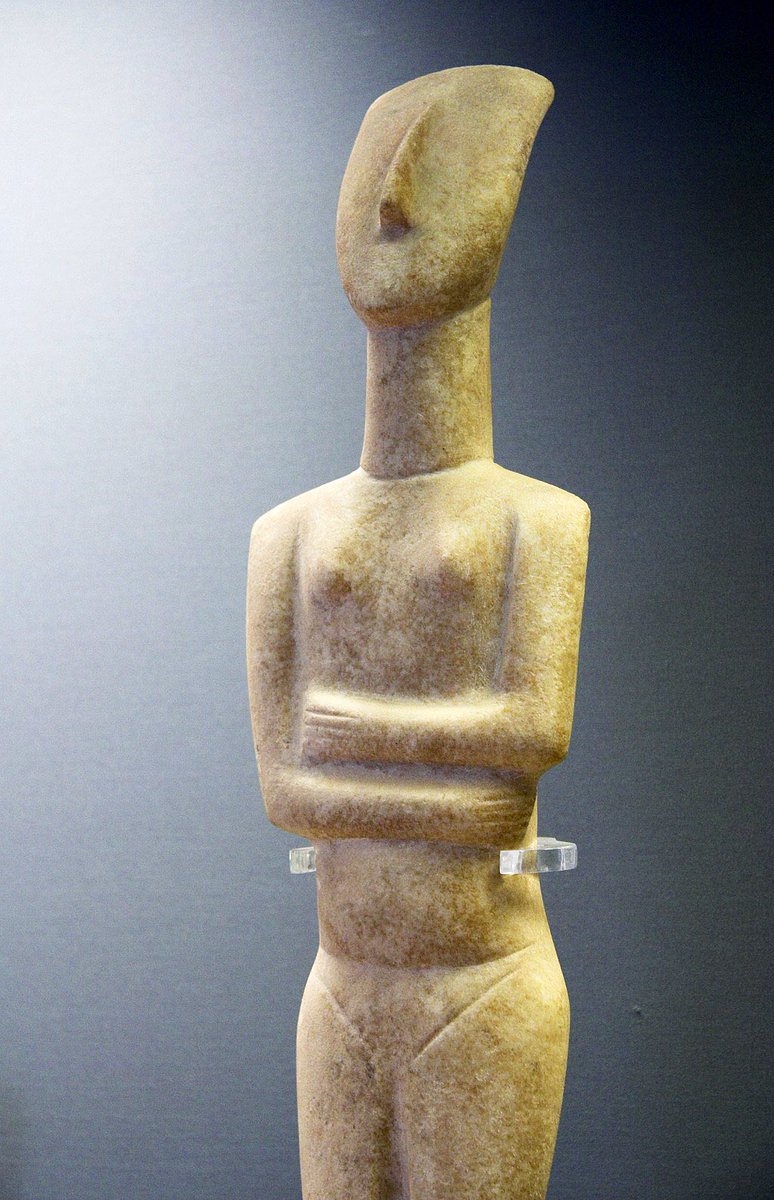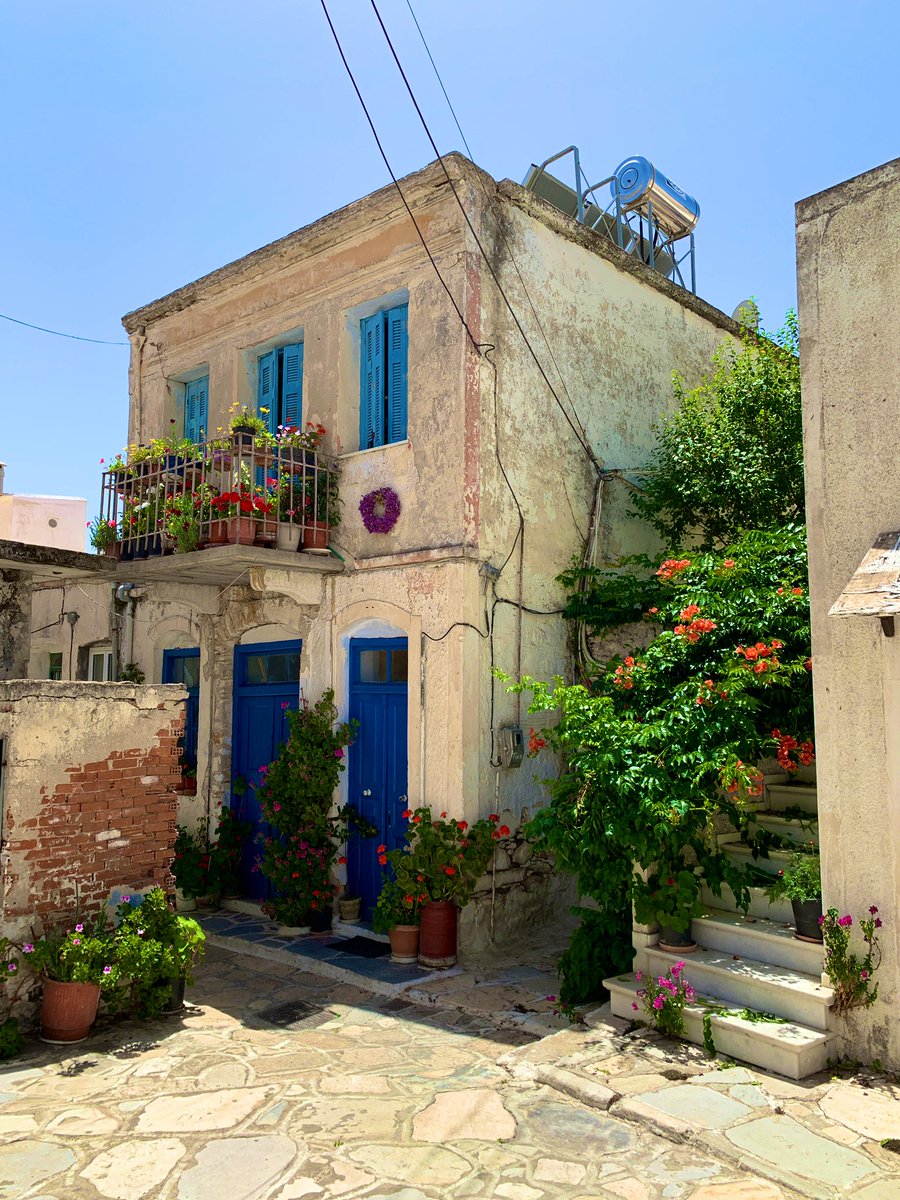Hey! It’s @LevineRx, back for @Tweetistorian takeover day 2: Live from Naxos, #Greece & week of Cycladic #Archaeology!
Naxos is big, so let’s start small! Today’s thread takes us back in time: to the 2019 season of the @NorwInst flagship Small Cycladic Islands Project! 1/13
Naxos is big, so let’s start small! Today’s thread takes us back in time: to the 2019 season of the @NorwInst flagship Small Cycladic Islands Project! 1/13
If you missed yesterday’s thread, wondering who I am, or asking yourself why you’re suddenly wishing you were in the Aegean, take a look at yesterday’s thread here! If you’re looking for a review of Cycladic history, you’ll have to wait for tomorrow’s thread! ~el 2/13 https://twitter.com/tweetistorian/status/1272498394607620096">https://twitter.com/tweetisto...
A thread on the Small Cycladic Islands Project (SCIP) is a great opportunity to tell you about a fascinating collaboration between @NorwInst, @CarletonCollege, & the Greek Ministry of Culture, but also to review archaeological survey: it’s not always about digging! ~el 3/13
The Cyclades are made up of 1,200+ islands in the Aegean Sea, although only 30-odd have permanent populations. These ‘other’ islands played many roles through history—pasture, religion, defense—& we surveyed many small islands around Paros last year to understand more! ~el 4/13
So how does a survey like this work, and what is archaeological survey anyways?
While most projects in Greece focus on a single landscape, SCIP tackles a different island every few days! That means sailing with all of our equipment each day & doing lots of preplanning! ~el 5/13
While most projects in Greece focus on a single landscape, SCIP tackles a different island every few days! That means sailing with all of our equipment each day & doing lots of preplanning! ~el 5/13
Once ashore, the SCIP works like most surveys. We’re interested in the occupation of each island from prehistory to the present, based on the pottery, stone tools & architecture on the surface. That means systematically walking across each island & recording everything! ~el 6/13
We use drone photogrammetry & @emlid RTKs to create high quality 3D models of each island & any visible architecture. This means everything from Byzantine castles to modern buildings like these get equal treatment as key parts of each island’s history. ~el 7/13
These islands served various functions throughout the history of the Cyclades. Growing populations on Paros spread to them for occupation, fishing, or farming, but they were quickly abandoned during economic downturns. Many are still in use today to safely pasture goats! ~el 8/13
Other small islands around Paros were fortified to offer protection during periods of unrest or to control key navigational routes like the strait between Naxos & Paros! Still others were used as religious sanctuaries, hunting grounds, & pirate hideouts! ~el 9/13
Our first season’s results are forthcoming, but you can read an island by island breakdown in this article in @Kathimerini_gr, which was translated into English for #Greece Is. ~el 10/13 https://www.greece-is.com/archaeologists-many-uninhabited-cycladic-islets-were-once-used-by-ancients/">https://www.greece-is.com/archaeolo...
What is clear, though is that these small islands are embedded within the networks of the Cyclades & it’s larger islands, from earliest prehistory, through the Bronze Age, Classical & Hellenistic Greece, the periods of Roman, Venetian, Ottoman occupation, & today! ~el 11/13
That means tomorrow’s thread is all about defining our terms! What are the Cyclades, who lived here, & when? You might recognize the spectacularly beautiful marble figurines from the Early Bronze Age, but I hope I’ve shown that there’s more to these islands than that! ~el 12/13
In the meantime, if you’re hungry for more SCIP, our second season of fieldwork kicks off in July on Antiparos! You’ll be able to follow along on our Facebook page, @norwinst, & of course @levinerx! More tomorrow, but now it’s time for a swim! ~el 13/13 https://www.facebook.com/SmallCycladicIslandsProject/">https://www.facebook.com/SmallCycl...

 Read on Twitter
Read on Twitter